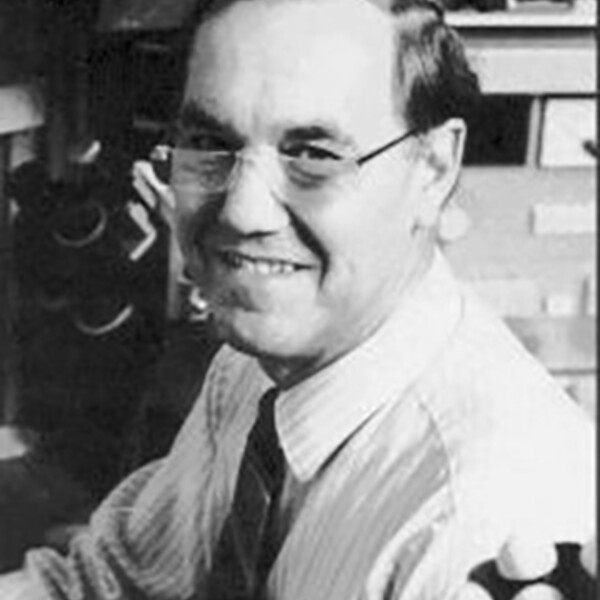Peter Ottensmeyer
PhD, University of Toronto

Research Synopsis
3D Structure Determination, Function and Microanalysis: Biomacromolecules, Protein Complexes and Atoms by High Resolution Electron Microscopy
The chemistry of life both in health and disease occurs at the sub-cellular level via the interaction of three-dimensional biological macromolecules, of proteins and of nucleic acids, most often in large individual macromolecular complexes. Since such structures have been difficult to study by standard crystallographic and magnetic resonance techniques, we are developing direct imaging techniques of such purified complexes using high powered scanning transmission electron microscopy. Computer-assisted image processing, largely with novel programs written by students in-house, then converts the two-dimensional electron micrographs into three-dimensional structures. Well over a dozen different proteins and complexes have been and are being studied, including the drug-transporting P-glycoprotein important in cancer chemotherapy, the insulin receptor complex provides a cellular transmembrane signal in the presence of insulin, and the Mu A transpososome that is responsible for one aspect of DNA recombination. As a recent example of work in progress, the structure of the insulin receptor in the presence of insulin has been solved by us with such detail, that not only the interactions of the amino acid side chains in the insulin binding site could be elucidated, but that the mechanics of transmembrane signalling could be determined (1,2).
Simultaneous with this work, we are developing analytical techniques in electron microscopy that take advantage of the physics of the interaction of the electron beam with different energy levels within the atoms and chemical structures within specimens, from nucleoprotein complexes to tissue sections. This includes the design and construction of high resolution electron energy filters (3,4) as well as the development of an entirely new field of microanalysis which we have called HIMEX, for high resolution imaging with molecular orbital excitations. Early demonstrative applications have included the imaging of the red hemoglobin, mercury orange, red chlorin e6 and the green fluorophore FITC, imaging with the colours that are normally used in light microscopy, but here obtaining a 200-fold better spatial detail (5). Developments to use green fluorescent proteins are currently underway.
The group generally comprises physics and engineering students interested in instrument development or image processing improvements, as well as biochemists and biologists working on specific important biological applications using the techiques being developed.
Recent Publications
- Ottensmeyer, F.P., Luo, R.Z.-T. and Yip, C.C. (2000). Mechanism of transmembrane signaling: insulin binding and the insulin receptor. Biochemistry 39: 12103- 12112.
- Luo, R.Z.-T., Beniac, D.R., Fernandes, A. Yip, C.C. and Ottensmeyer, F.P. (1999). Quaternary structure of the insulin-insulin receptor. Science 285: 1077-80.
- Davis, J.A., Heng, Y.M., Barfels, M.M.G., Bisland, S.K., Gariepy, J. and Ottensmeyer, F.P. (2000). Localization of chromophore absorption signals in TEM with an improved prism-mirror-prism filter. J. Electron Microscopy 49: 629-639.
- Barfels, M.M.G., Jiang, X., Heng, Y.M., Arsenault, A.L. and Ottensmeyer, F.P. (1998). Low energy loss electron microscopy of chromophores. Micron 29 : 97-104.
- Jiang, X.G. and Ottensmeyer, F.P. (1993) Optimization of a prism-mirror-prism imaging energy filter for high resolution electron microanalysis. Optik 94 : 88-95.
